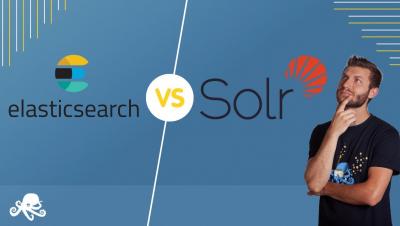Elastic Enterprise Search: Build with speed, search with ease
Elastic continues to help everyone find what they need faster with Elastic Enterprise Search, a comprehensive solution for building search-powered applications. Elastic Enterprise Search elevates relevance and precision at scale with a new combination of traditional and machine learning-assisted techniques.










